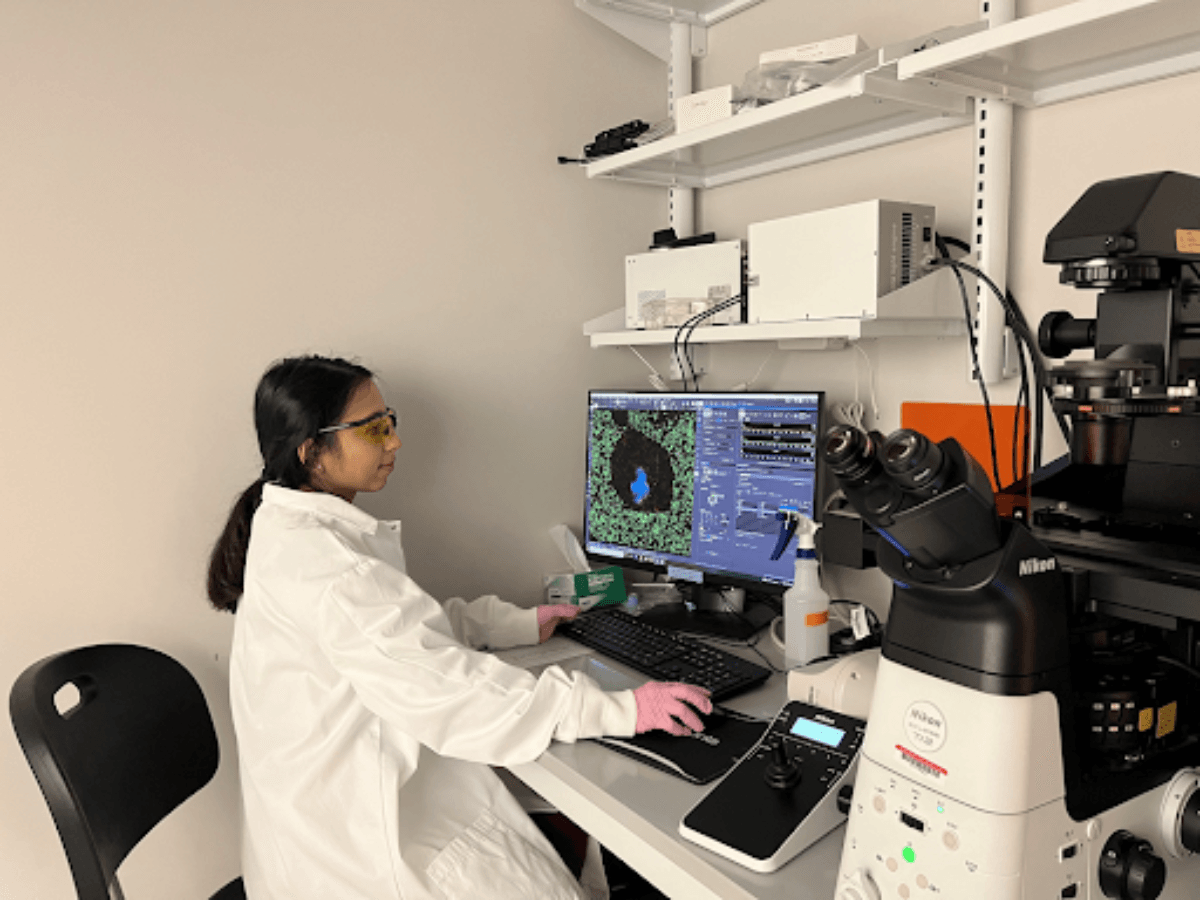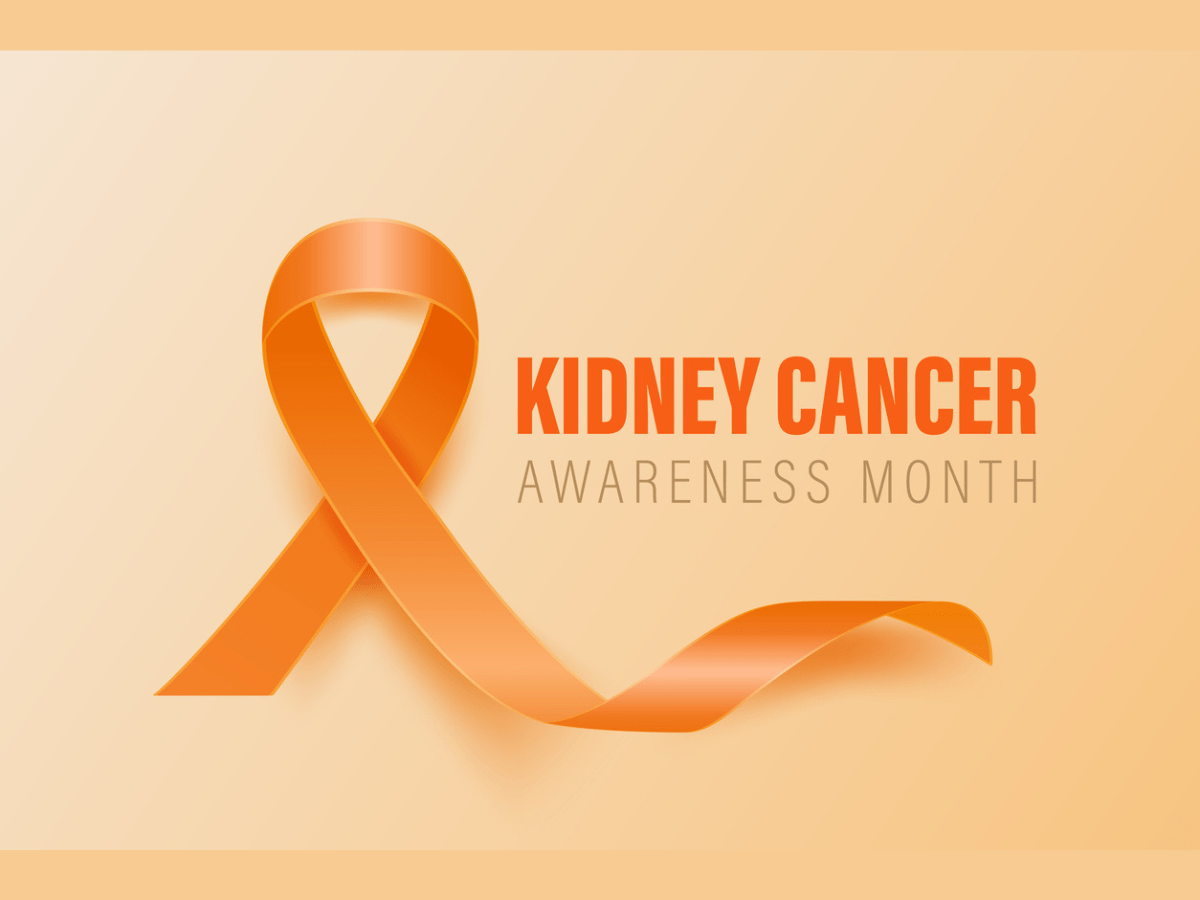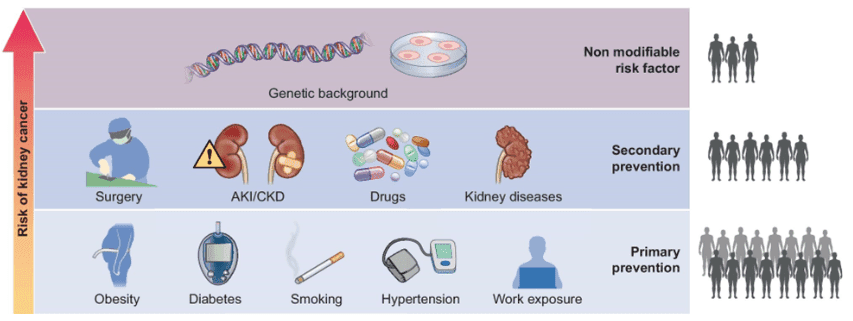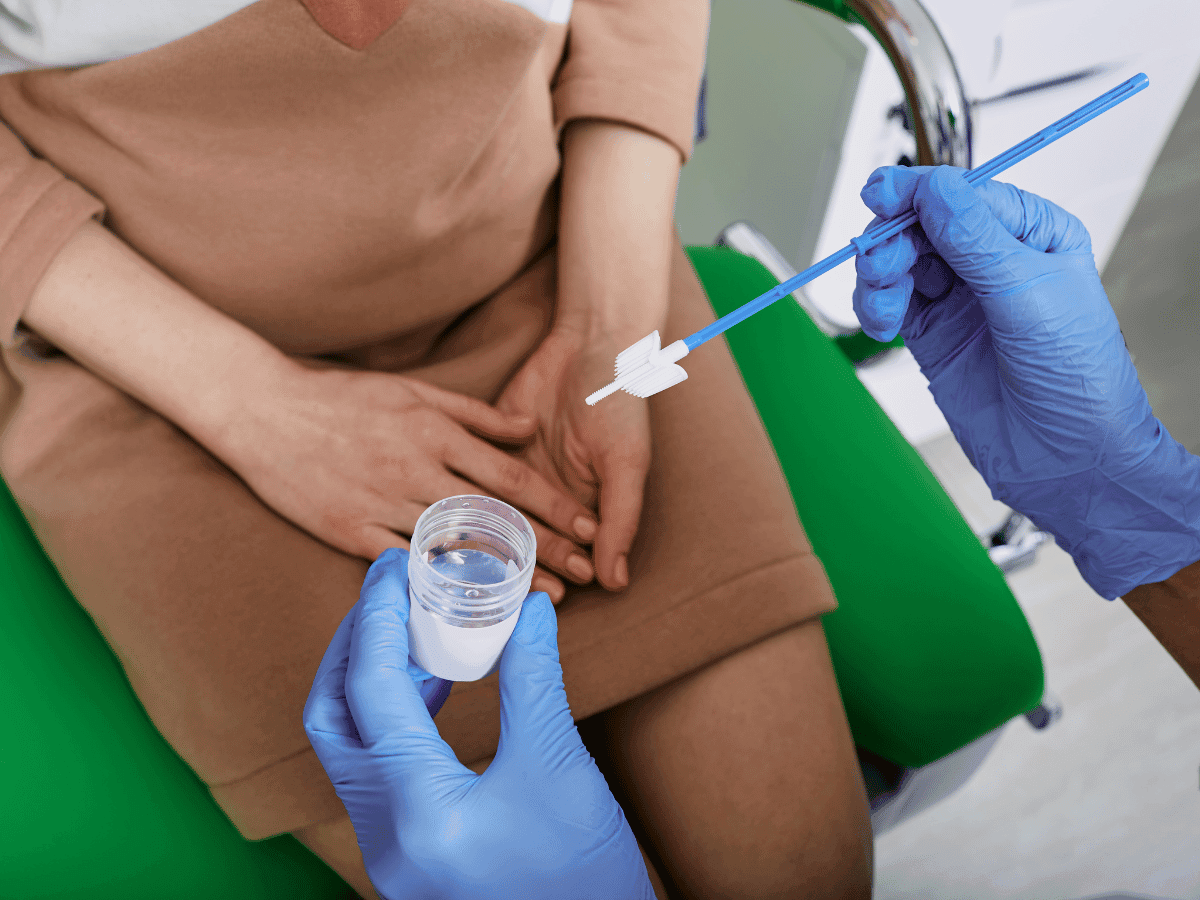
The Cancer News
AN AUTHORITATIVE RESOURCE FOR EVERYTHING ABOUT CANCER
Kidney Cancer Awareness Month

Did you know that every year, about 400,000 people are diagnosed with kidney cancer, and nearly 175,000 die from it?
When is Kidney Cancer Awareness Month?
Kidney Cancer Awareness Month is observed every March. The theme for 2025—Fuel Progress, Fund Hope—encourages people to make a meaningful impact by supporting kidney cancer patients and their caregivers. With kidney cancer’s rising incidence, it is important to raise awareness through sharing patient stories, highlighting risks and prevention, and promoting the continuous research efforts to find a cure.
Global Kidney Cancer Statistics
Kidney cancer is the 12th most common cancer worldwide, accounting for about 2.4% of all cancer diagnoses. It ranks as the 9th most common cancer in men and the 14th most common in women. In 2020, there were 431,288 diagnosed cases, leading to 179,368 deaths. Several risk factors can increase the likelihood of developing kidney cancer, including age (most common between 60-70 years), sex (men are twice as likely as women), smoking, high blood pressure, obesity, chronic kidney disease, radiation exposure, and certain workplace exposures. While kidney cancer primarily affects adults, children can also develop it, particularly Wilms tumor, a type of kidney cancer that is more common in young children.
 (Image adapted from Cirillo et al., 2024)
(Image adapted from Cirillo et al., 2024)
Types of Kidney Cancers
The most common type of kidney cancer, renal cell carcinoma (RCC), makes up about 75–80% of new cases diagnosed each year in the United States. RCC begins in the nephrons, the tiny filtering units of the kidneys. A rare and aggressive subtype, medullary renal carcinoma, occurs exclusively in people with sickle cell trait. Another less common type of kidney cancer, urothelial carcinoma, develops in the urothelial lining of the renal pelvis. While some kidney cancers develop randomly, others are linked to hereditary conditions like von Hippel-Lindau disease and hereditary papillary renal cell carcinoma.
Kidney Cancer Treatments
Because the kidneys are deep inside the body, kidney cancer often does not cause symptoms until the tumor is large. In some cases, it's found accidentally during tests for other conditions, like kidney stones. Common symptoms include blood in the urine, a lump or pain in the side or lower back, unintentional weight loss, and swelling in the legs or ankles. Treatment depends on the cancer stage and other factors. Localized kidney cancer may be treated with surgery, cryotherapy, or radiofrequency ablation. If the cancer has spread, systemic treatments like chemotherapy, immunotherapy, or targeted therapy can help attack cancer cells throughout the body. Choosing the right treatment is key to improving outcomes.
Are there any preventative care for Kidney Cancers?
Notably, unlike other cancers, the discussion about early detection and prevention of kidney cancer differs. In our interview with Dr. Yousef Zakharia, he mentioned, “ Unfortunately, many patients are diagnosed at a late stage, sometimes even with metastatic disease, because they do not experience symptoms early on. Early detection is a major gap in the field.” To advocate for awareness about early signs, he further stated, “Some common symptoms of kidney cancer include blood in the urine and flank pain. I always advise patients not to ignore these signs. If someone notices blood in their urine, it’s crucial to seek medical attention, as it could indicate kidney or bladder cancer. Right now, clinical symptoms often drive diagnosis rather than proactive screening.”
Disparities in Kidney Cancer Care
Worldwide trends in kidney cancer deaths highlight significant disparities in disease management. In Central and South America, death rates are rising, while Europe and the United States are seeing declines. In Africa, mortality rates have remained unchanged. According to GLOBOCAN 2020, countries with low to medium Human Development Index (HDI) have rising kidney cancer incidence and deaths. Socioeconomic factors—such as living in rural or low-income areas with limited education—contribute to these disparities globally.
In the United States, racial disparities are also evident. Black Americans have a higher incidence of kidney cancer than white Americans, yet risk factors commonly linked to kidney cancer in white populations, like obesity and hypertension, do not have the same impact on Black individuals. Kidney cancer is also more commonly diagnosed in Hispanics and Native Americans. Research suggests that barriers to healthcare and other health conditions, not the disease itself, may be driving worse outcomes for Black patients.
What is Binaytara doing?
While disparities in kidney cancer outcomes remain a challenge, the upcoming Genitourinary Cancers Summit, hosted by Binaytara, will bring together experts to tackle some of these issues head-on. This CME-accredited conference will focus on the latest advancements in prostate, kidney, bladder, and rare genitourinary cancers, emphasizing improving equity in care. The conference will also highlight patient-centered approaches that ensure cutting-edge treatments reach those who need them most. With disparities in kidney cancer care still prevalent, conversations like these are essential for driving change.
In 2020, a team of surgeons at Binaytara successfully performed the first radical nephrectomy in Province No. 2 of Nepal, marking the first surgery of its kind in a province with over 5.5 million residents. Dr. Pamesh Jha, a surgical oncologist at the Cancer Center, conducted a CT scan of Mr. Yadav’s abdomen, which revealed a large cancerous mass in his left kidney. His kidney was successfully removed, and he was discharged in stable condition on the seventh postoperative day. Dr. Jha stated, "Radical nephrectomy was his only chance for a cure. We are the only cancer hospital in Province 2 of Nepal. We aim to enhance our capabilities to provide world-class cancer care to the patients of Nepal." Stories like Mr. Yadav’s reflect the hope that Binaytara brings to underserved patients who may otherwise not have access to cancer care.
How can you help Kidney Cancer patients?
This month, you can support kidney cancer patients by donating to organizations that help those affected and their families. The Kidney Cancer Association is hosting the 2025 KCA Challenge: 81K Strong, a fundraiser referencing the 81,000 people expected to be diagnosed with kidney cancer this year. The challenge runs from March 1 to June 19, ending on World Kidney Cancer Day. Patients and their loved ones can also share their stories to remind others that they are not alone in this fight. On a broader level, increasing funding for kidney cancer research is critical to developing life-saving treatments. Write to your representatives to advocate for more research support—your voice can make a difference. From individual actions to legislative change, a collective effort can drive progress and bring us closer to making kidney cancer curable. #OrangeUp in honor of Kidney Cancer Awareness month.
The content provided is for informational purposes only and is not intended as medical advice. Consult a medical professional for diagnoses, treatment, or medical advice.
Works discussed
- Kidney Cancer Association. (n.d.). Home. Retrieved March 5, 2025, from https://www.kidneycancer.org/
- Mousavi, S., Najafi, M., Aslani, A. et al. A population-based study on incidence trends of kidney and renal pelvis cancers in the United States over 2000–2020. Sci Rep 14, 11294 (2024). https://doi.org/10.1038/s41598-024-61748-2
- Luigi Cirillo, Samantha Innocenti, Francesca Becherucci, Global epidemiology of kidney cancer, Nephrology Dialysis Transplantation, Volume 39, Issue 6, June 2024, Pages 920–928, https://doi.org/10.1093/ndt/gfae036
- Motzer, R. J., Jonasch, E., Agarwal, N., Alva, A., Baine, M., Beckermann, K., ... & Motter, A. (2022). Kidney cancer, version 3.2022, NCCN clinical practice guidelines in oncology. Journal of the National Comprehensive Cancer Network, 20(1), 71-90.





